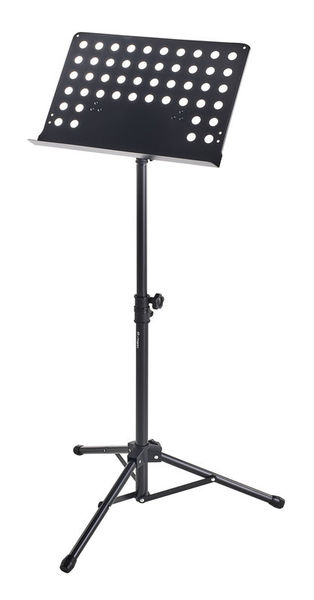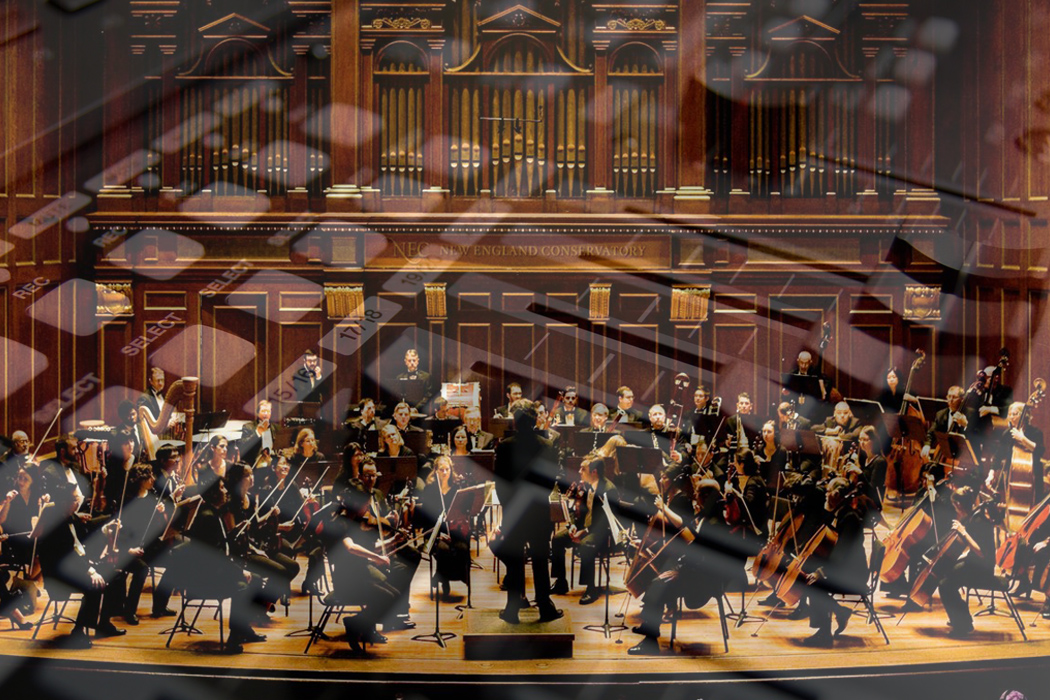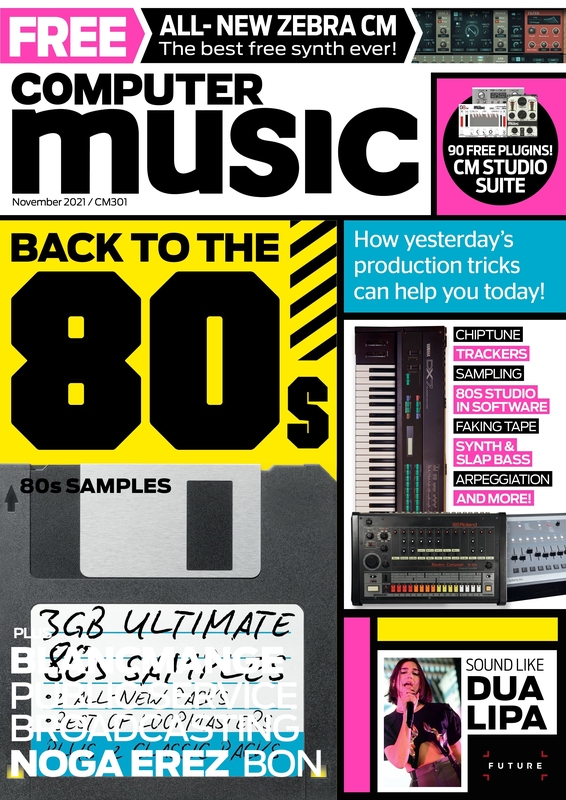
Use fractions that need to add up to a whole.For older kids, you can make this as difficult as you’d like:.

For young children, keep the numbers smaller or don’t involve math at all.They can write down their composition using colored marks that match the colors on their instruments.Tell your child that they need to compose a piece of music that adds up to 200, for example, using the values on the notes.Label some of the notes or (separate percussion instruments) with different colors and numbers.It doesn’t have to be fancy to make music! Grab an instrument (or make your own) – whether it’s a xylophone, a piano, a series of items your child(ren) can bang on like drums, etc.

This blog post goes into even more detail, but the basic steps are as follows: Children will get to flex their creativity and work on their basic addition or subtraction skills all at the same time. STEAM stands for Science, Technology, Engineering, Arts, and Math and this composition activity combines music and math is such a smart and simple way.

*If your composition won’t play back for you, give it a try in full-screen mode. Click to share it with us as well – you just might get to hear your very own composition performed by professional musicians in a special project we’re working on! Learn more about composing your music and then read a spotlight on one of the United States’ most famous composers, Leonard Bernstein.Ĭheck out this easy composition game that will have you creating new music in no time! When you’re done composing, click “share” to get a link you can send to friends. Our Commitment to Diversity, Equity, Inclusion, and AccessĪnyone can be a composer! Though it may seem intimidating at first, composing music does not have to be a difficult thing – by the end of this post, you’ll already have composed your first (and perhaps second and third) piece of music.



 0 kommentar(er)
0 kommentar(er)
